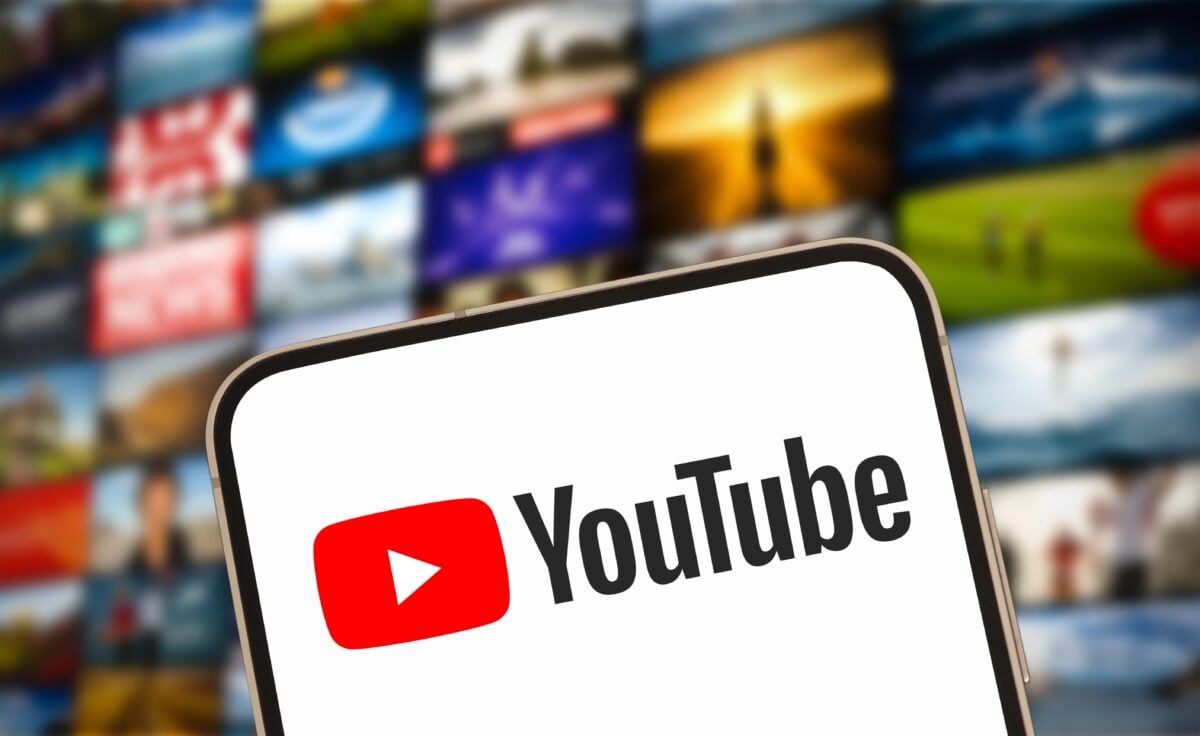TLDRs:
- YouTube introduces AI-powered video tools for Shorts, enhancing creativity and editing capabilities for creators.
- Veo 3 Fast allows creators to generate animated 480p clips from text prompts and images.
- The “Edit with AI” feature drafts videos automatically from raw footage, speeding up production.
- YouTube tests AI remixing and enhancement tools, raising questions on transparency and consent.
YouTube has officially launched a suite of generative AI tools aimed at empowering Shorts creators.
These tools include a custom version of Google’s text-to-video model, Veo 3 Fast, as well as an “Edit with AI” feature designed to help creators produce polished video content with minimal manual editing.
Veo 3 Fast enables users to generate 480p video clips with synchronized sound, starting in the US, UK, Canada, Australia, and New Zealand. The platform plans a broader rollout in the coming months. Creators can animate still images by transferring motion from other videos, apply artistic filters such as pop art or origami, and even insert objects described via text prompts.
This update positions YouTube as a frontrunner in AI-assisted video creation, streamlining the process for Shorts creators who often work under tight deadlines and need fast turnaround for viral content.
AI-Powered Editing Gets Smarter
The “Edit with AI” tool, currently in pilot phase on Shorts and the YouTube Create app, allows creators to generate first-draft videos automatically from raw footage. The tool can cut, assemble, and enhance clips, giving creators a head start on producing engaging Shorts.
Veo 3 is now in YouTube Shorts ✨
bring your imagination to life with Veo 3, Google's latest AI video generation model. type a prompt to generate a video, now with audio, sharper quality, better prompt matching and unlimited free use. currently rolling out 🇺🇲🇨🇦🇬🇧🇦🇺🇳🇿 pic.twitter.com/x2lE8AXGd7
— YouTube Creators (@YouTubeCreators) September 16, 2025
Additionally, YouTube is experimenting with a remixing feature that uses Google’s AI music model Lyria 2. This tool transforms dialogue from eligible videos into original soundtracks, with adjustable styles and tones, enabling creators to add unique audio layers without hiring a composer. The feature will gradually expand to more US users over the coming weeks.
Controversy Over Hidden Enhancements
Despite the promising tools, YouTube has faced scrutiny for previously applying AI enhancements to some Shorts videos without notifying creators. Influencers like Rick Beato and Rhett Shull reported subtle changes in their videos, such as smoother skin textures or slightly warped features.
The undisclosed modifications, which include denoising and unblurring, have sparked debate over transparency. Unlike AI features on devices like smartphones, which users can toggle on or off, these server-side enhancements give YouTube direct control over how videos appear, potentially undermining creator trust.
Experts warn that such practices could erode audience confidence and shift content control from individuals to platforms.
Creators and Platform Dynamics
YouTube’s move into generative AI illustrates a growing trend where platforms are taking an active role in content modification.
While these tools enhance efficiency and creativity, they also raise ethical questions about consent and transparency. Balancing innovation with trust will be critical for maintaining strong creator-audience relationships.
The launch demonstrates YouTube’s commitment to remaining competitive in short-form video content, especially as platforms like TikTok and Instagram continue to innovate. By offering advanced AI tools, YouTube hopes to retain creators seeking faster production and unique creative options, while navigating the complexities of AI ethics in media.






